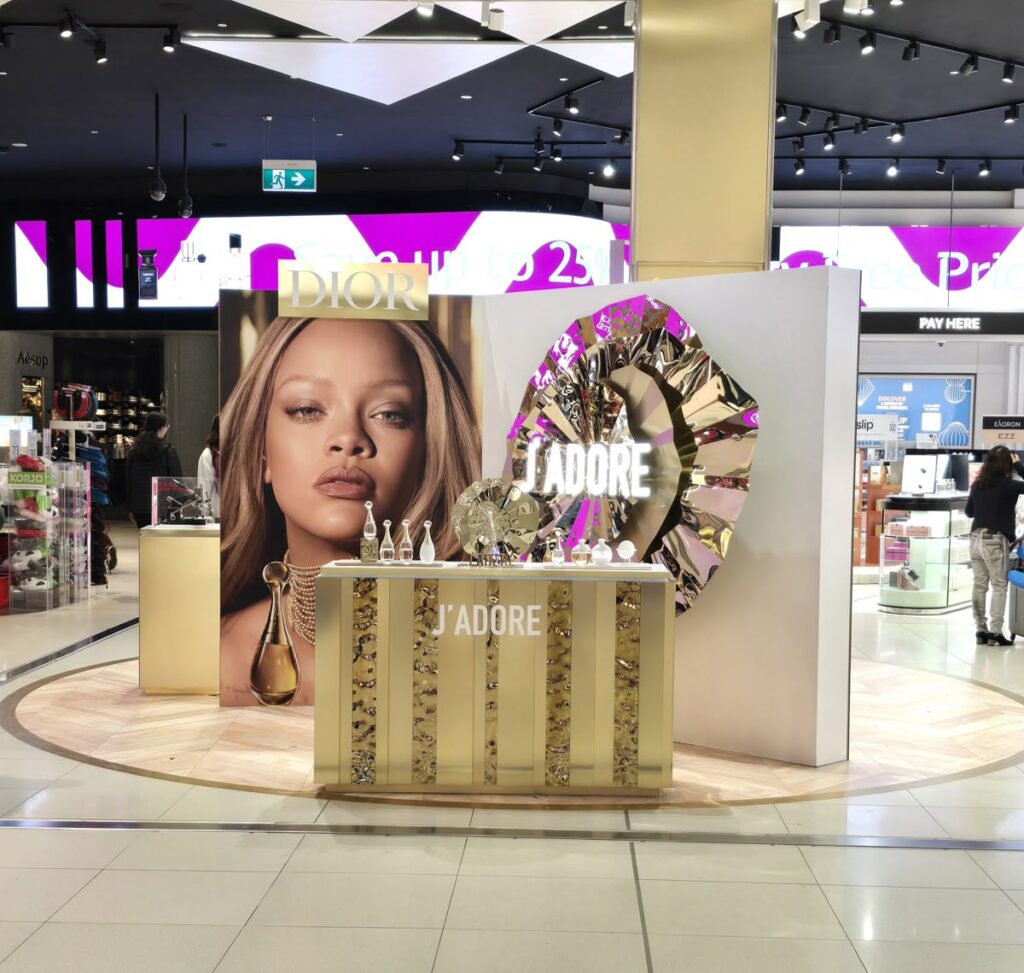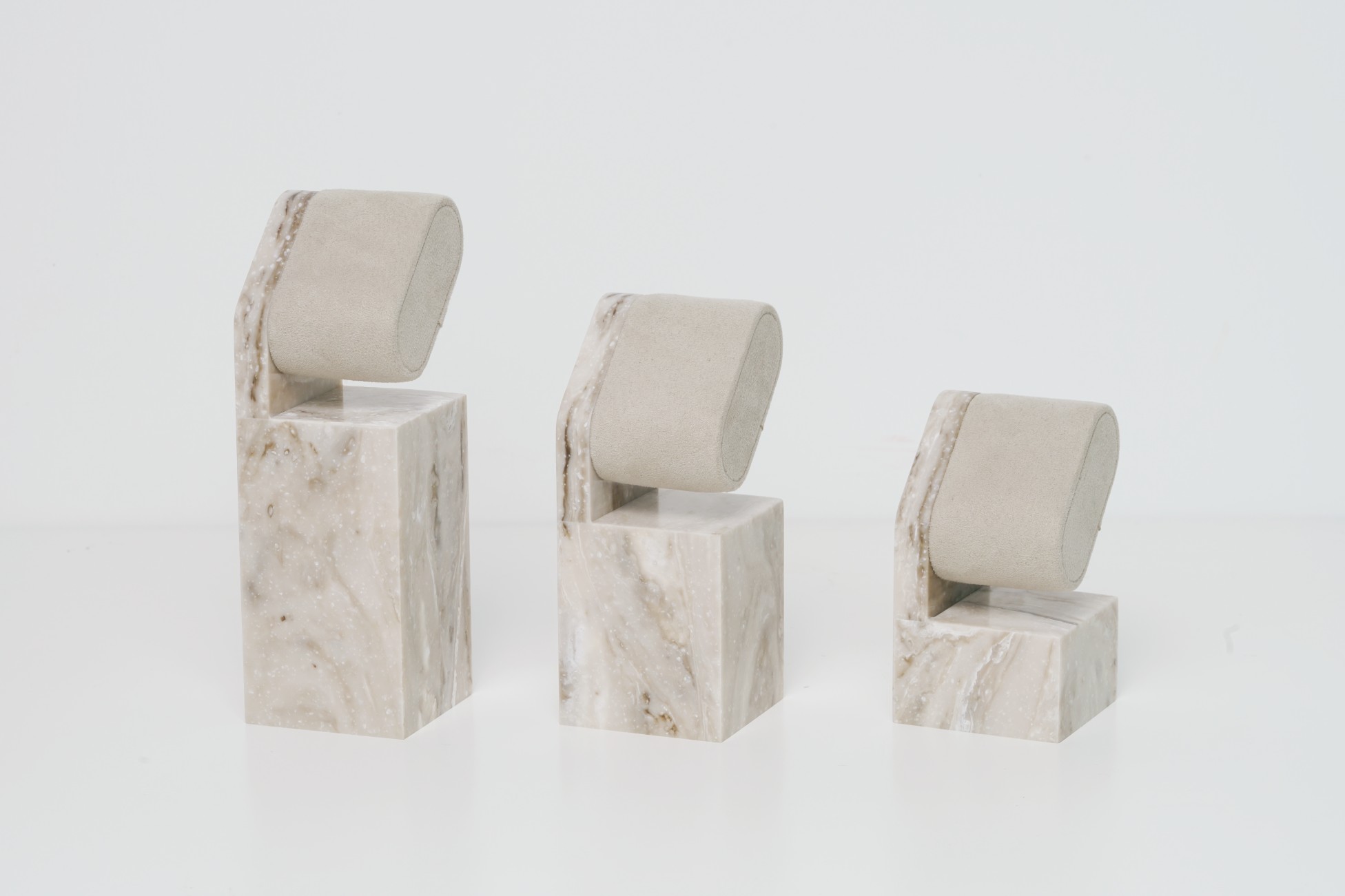When Design Meets Production: Avoid Overbuilding, Under-Delivering, or Losing Time to Sampling Loops
You have a beautiful render. The brand team imagines soft-touch brass, seamless acrylic, and real marble finishes. But the factory sees sharp-edge polishing issues, fragile logistics, and incompatible coating specs. This disconnect between design aspiration and manufacturing practicality can cause sampling delays, over-budget revisions, or worse — failed campaigns. This guide shows how to translate your brand guidelines into production-ready reality using finish hierarchy, material substitution strategies, and visual priority zones — all without compromising the brand experience.

Bridge the Gap Between Vision and Viability
To align design and production:
- Prioritize finishes into “must-have” vs. “nice-to-have”
- Choose material substitutes that retain perception, not just reduce cost
- Identify which zones truly matter to customers (touch, visibility, light reflection)
- Align both creative and factory teams from the very beginning
At Samtop, we act as a translator between brand designers and factory engineers — ensuring every display looks premium while being feasible to scale.
🧠 Where Brand and Factory Misalign Most Often
| Brand Design Spec | Factory Reality |
|---|---|
| Full stainless steel frame | Risk of fingerprints, sharp edges, high cost |
| Seamless acrylic corners | Impossible without distortion or hand polish |
| Real marble riser base | Heavy, fragile, costly to ship |
| Brass logo plate | Low MOQ = high cost per piece |
| Leather wrap on metal | Coating & adhesion issues |
Example: A European jewelry brand requested a solid brass frame for a new glorifier. After 2 failed samples, we switched to brushed PU-coated MDF with a laser-engraved brass plate insert — achieving the same premium feel at 1/3 the cost and 2x faster sampling.
🛠️ Factory-Safe Material Substitutions (That Still Look Luxe)
| Original Material | Smart Substitute | Why It Works |
|---|---|---|
| Real marble | Stone-look laminate or UV-printed acrylic | Similar veining, much lighter |
| Stainless steel | Powder-coated MDF or PVC film wrap | Lower cost, easier to handle |
| Frosted glass | Matte acrylic + anti-fingerprint coating | Safer, shatter-proof |
| Solid wood | Veneered MDF | More stable + surface-uniform |
| Leather | PU-coated soft vinyl | More color options + bonding |
Rule: Maintain light behavior and tactile consistency in customer-facing surfaces, while simplifying hidden/internal zones.
🎯 Create a Finish Hierarchy — So Everyone Knows What Matters
Prioritizing zones helps suppliers know what can be adjusted vs. what’s sacred:
| Display Zone | Priority | Notes |
|---|---|---|
| Front Riser or Glorifier | High (non-negotiable) | Direct contact and visual focus |
| Logo Zone | High | Use metal plate or precision UV |
| Internal Product Tray | Medium | Black lam or foam can work |
| Rear Support Panel | Low | Hidden — can use standard white board |
| Wiring or Transformer Case | Low | Focus on safety, not finish |
Tip: Add color codes in your BOM sheet or spec drawing to mark these tiers.
🔄 Production-Ready Adjustments That Preserve Visual Impact
| Adjustment | Benefit |
|---|---|
| Replace metal edge trim with brushed PVC wrap | Eliminates sharp corners, easier tooling |
| Use printed faux textures | Reduces weight and cost |
| Detachable logo panels | Enables easy region/campaign swaps |
| Modular risers with same footprint | Improves logistics and repeat use |
| UV-printed logos vs. engraved metal | Same look, faster turnaround |
Visual testing: Always compare original vs. substitute in a side-by-side sample board. Use spotlights to verify reflection, texture, and color accuracy.
💬 FAQ – Factory Feasibility & Brand Alignment
Q: Can luxury brands accept substitutes?
Yes — if framed as engineered upgrades, not downgrades. Show them visual, tactile, and lighting equivalency through prototypes.


